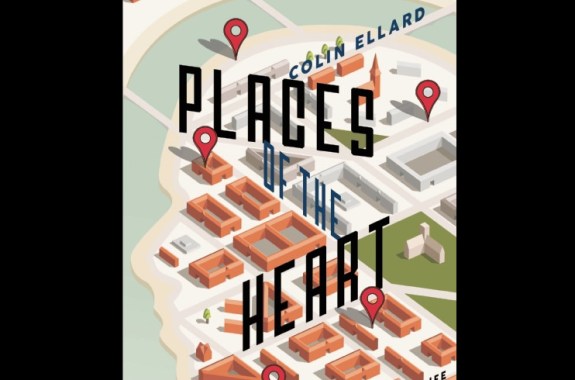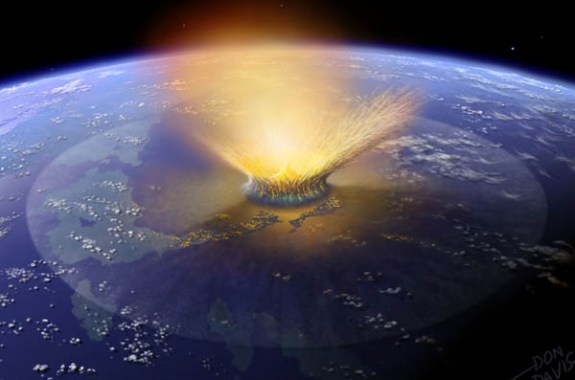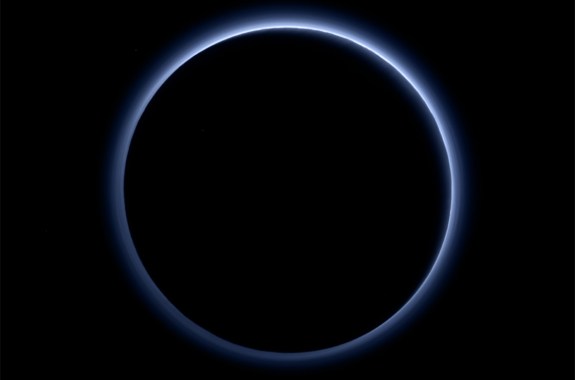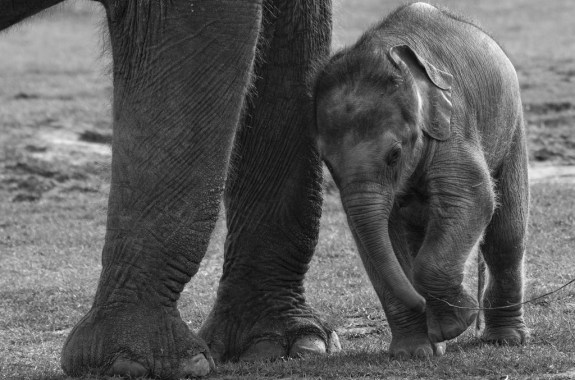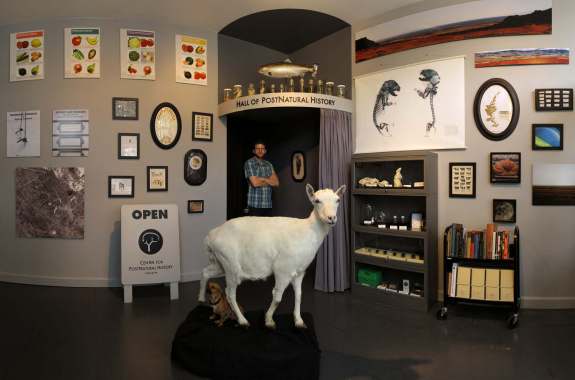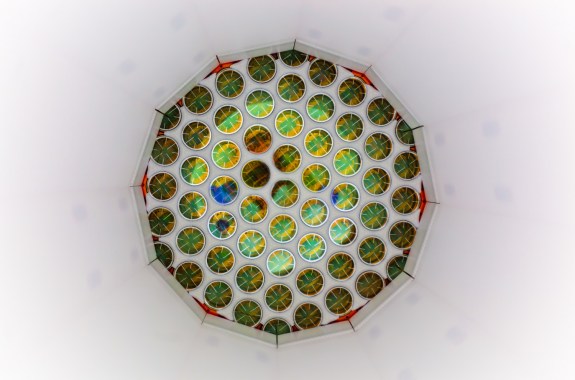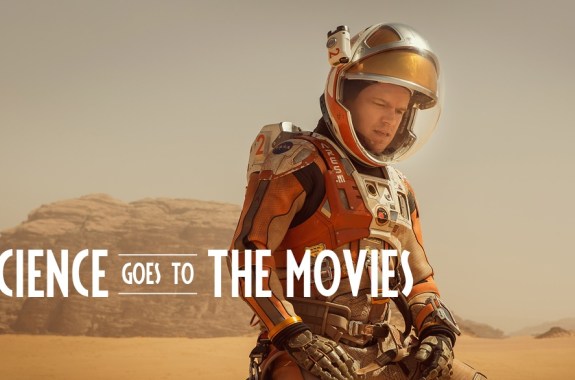On Today's Podcast
Why Astronomers Are Excited About Comet 3I/ATLAS’ Close Approach
Comet 3I/Atlas is just the third known object to visit us from outside our solar system. So yes... we'll be talking about aliens.
Listen NowDecember 19, 2025
A newly identified amoeba can survive at the temperature of a medium-well steak. Plus, a distant lava planet shows signs of an atmosphere. And, this Christmas Bird Count, we salute the fabulous, underappreciated, common species. Here’s to you, house sparrow.
11:07
The Hunt for Dark Matter
In this week’s Video Pick, scientists hunt for dark matter deep below the Earth’s surface.
11:44
Forecasting the Flu
Researchers seek to track the flu using nasal swabs and search engine queries.
23:13
Do Or DIY This Halloween
Green fire, magic mirrors, fiber optic fairy wings—just a few of the ways to geek out this Halloween with do-it-yourself projects.
10:57
Can You Hear Me Now? Why Mobile Audio Still Lags
Will services like HD voice—which doubles the sample rate for voice calls—clear up our mobile audio quality issues?
Did Dark Matter Kill the Dinosaurs?
The invisible stuff that comprises a quarter of the universe could be more complex that previously thought.
11:56
Pluto’s Haze, a Michigan Mammoth, and Antioxidants and Skin Cancer
Pluto’s blue skies, a woolly mammoth in Michigan, and whether antioxidants help with the treatment of skin cancer.
24:47
2015 Nobel Prizes: Mysteries of the Cosmos and Our DNA
This year’s crop of Nobel Prizes were unveiled this week, and the awards go to parasite-zapping drugs, a DNA repair kit, and the mystery of missing neutrinos.
9:09
Anxious About Math? Count an Elephant’s Toenails
An iPad app helps first graders improve how well they do in math.
12:06
Could Gene Therapy Be One Step Closer to the Clinic?
An experimental gene therapy for treating congenital blindness is reported to have positive outcomes in a Phase III clinical trial.
22:14
Sherry Turkle: Reclaiming Conversation
In her new book, “Reclaiming Conversation,” Sherry Turkle discusses the power of face-to-face conversation in a time of “always on” technological connection.
12:05
Where ‘Postnatural’ Organisms Find a Home
At Pittsburgh’s Center for PostNatural History, modified organisms are the star attraction.
4850 Feet Below: The Hunt for Dark Matter
Deep in an abandoned gold mine in rural South Dakota, a team of physicists hunt for rare and elusive quarry: dark matter.
Looking at Light for Signs of Dark Matter
This honeycomb-like array is helping scientists on their search for dark matter.
Science Goes To The Movies
Science has been part of the silver screen since its inception. Ready to learn how? Better grab your popcorn.
12:01
Paxil Reanalysis, Mouse Drug Avatars, and Pricey Patties
Amy Nordrum of the “International Business TImes” joins us for a roundup of her top science stories this week.
24:09
From Dothraki To Valyrian: Building The Languages Of Game Of Thrones
Language creator David J. Peterson explains how he constructed Dothraki and the Valyrian languages for the TV series “Game of Thrones.”
9:11
Concern for Climate Change Is Great Among Latinos
Climate change researcher Nicole Hernandez Hammer talks about the effects of climate change on Florida’s Latino communities.
12:08
On Mars, Signs of a Wetter World
Planetary scientist James Wray describes the evidence for present-day liquid water on Mars.
25:14
Science Goes To The Movies: The Martian
An astronaut and a NASA engineer weigh in on “The Martian,” on this edition of Science Friday’s “Science Goes to the Movies.”

